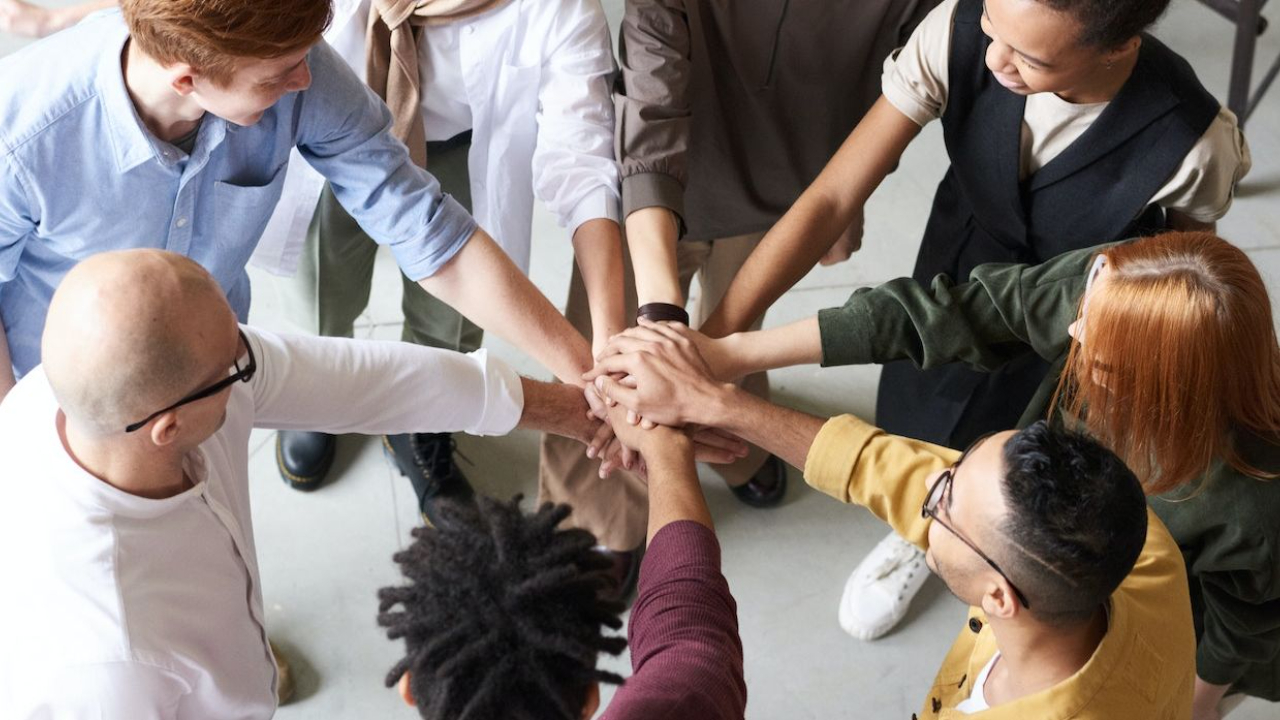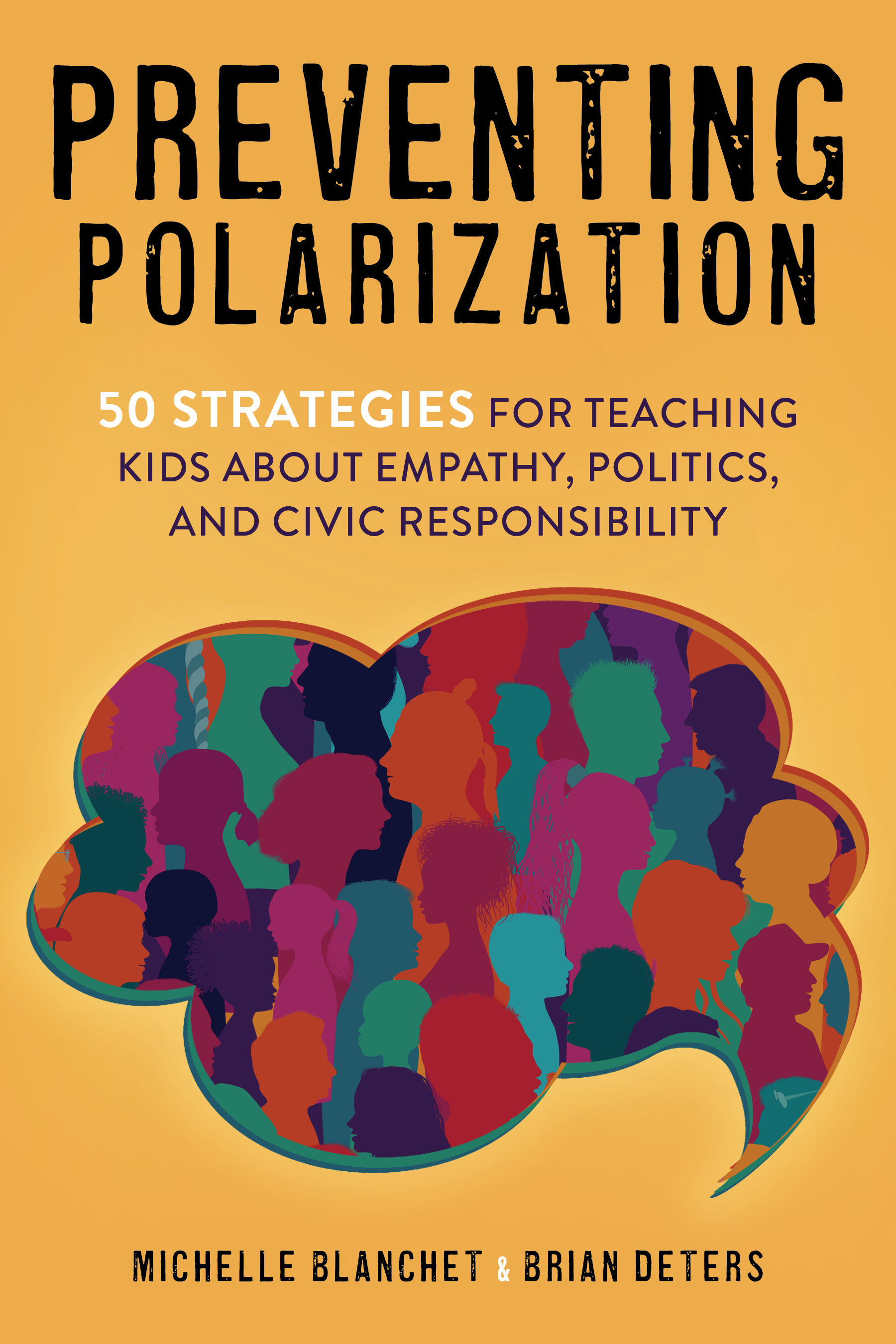Polarization is Negatively Impacting Our Youth—And They Know It
Jan 12, 2023
By Brian Deters
A recent poll by CNN indicated that an overwhelming majority of Americans claim to be exhausted by the political strife that has plagued our country for far too long now. The poll suggests that people believe we are close to a tipping point and that we need to come together.
You may have seen this poll yourself and shrugged it off like many people. Of course, responding with ambivalence can be an easy coping mechanism. But it’s clearly troubling that we are not hiding this or protecting our political dysfunction from our kids.
As a social studies teacher in the classroom trenches day in and day out, I can tell you with great certainty that our kids are fully aware of the crippling divide that plagues us. And they're stressed about it.
As I finished up a semester-long course in American civics the other day, I handed each student a Post-It Note and posed an exit question to my class of fifteen- and sixteen-year-olds.
HOW DO YOU FEEL ABOUT THE POLITICAL DIVISION IN THE WORLD YOU LIVE IN RIGHT NOW?
Here were some of the more notable responses:
- I feel that the world is divided because of the two political parties and we need to come together more.
- I think that there is a very strong division. I think we should try to compromise more.
- It is sad that people can hate each other so much just because of different viewpoints.
- I believe there is a lot of stress and that it could be a lot better.
- We are too divided. The world wouldn’t work if everyone thought the same, but yet we associate ourselves with political parties too much.
- I feel like it’s getting too bad, and it’s dividing people and ruining the world.
- It’s uncertain what things could come to.
- I feel our world is in a very eerie political state. We are always on the brink of war.
- The politics of the government have kind of taken over people’s minds.
- Politics have never been more polarized, and it seems that no two parties can agree about anything.
- There are a lot of people who would do anything to be right or to be the best. This is dangerous.
- I feel that our political differences right now are creating a division that eventually will lead to chaos.
- I feel that the political divide we see in American politics is dangerous. I also think it can lead to America’s downfall.
“Chaos”
“Dangerous”
“War”
“Eerie”
“Downfall”
These are sobering words coming from the minds of today’s teenagers. There’s no denying that this is concerning. But this shouldn’t make us give up hope as teachers and adults. Rather, it should motivate us because we have to find a way to pave a better path—a more hopeful path- for the next generation.
This is where we as educators come in and play a crucial role.
Our job?
In order to end the political polarization that makes so many young people genuinely concerned for the direction we are heading as a world, we need to emphasize components of consensus.
And this needs to go beyond teaching what consensus is. More importantly, this needs to consist of teaching skills and strategies to help students learn HOW to push for consensus and practice consensus themselves.
One example of this could be through an activity known as The Gray Zone.
Through this exercise, students practice their critical thinking and communication skills while empathizing with ideas they may not agree with.
The goal of this game is to get students to understand that there’s not always a clear right or wrong while gaining a better understanding of their own morals and ethics. It sets the framework to not just learn what consensus is but to practice it.
Here’s how it works:
- Pass out cards that deal with various “gray” topics. (Visit the website preventingpolarization.com or create your own.) Some of the issues to explore include things like cheating, ghosting friends, two-faced friends, and many others.
- Have students find their partner based on the title of their card. The scenario will be the same on both cards but with a different viewpoint on the best strategy to handle the situation.
- Students debate in a forum established by the teacher, defending the viewpoint of their card.
- When the debate is complete, each group should share what happened in a larger group during an open discussion. Questions that often generate from this activity include:
- Was there a clear right or wrong?
- Were both viewpoints right or wrong?
- How did it feel to argue the perspective they received?
- Was it hard to argue a perspective they didn’t agree with?
Once group discussions wrap up, you can bring the whole class together and explore the following question prompts: Ask your students:
- What insights did they gain about their own morals or ethical code?
- What has this made you think about regarding behaving in a way that promotes consensus?
- Does consensus mean that we all have to agree with each other?
As teachers and parents, together we can make a difference to provide a brighter future for our kids and students. But we need to act!






